Humidification for the fashion industry
An “electric shock” when touching a clothes rail; hair that takes on a life of its own when trying on clothes. Dry air can really spoil the fun of going shopping as, when items of clothing rub against each other, electrostatic charges occur that do not dissipate easily and cause unpleasant side effects.
Balance between fibers and humidity
The internal moisture content of a textile fiber interacts with the surrounding air humidity. If the air is too dry, the moisture contained in the material evaporates and the fibers lose water to the air. The fabrics become cracked, colors fade and above all the feel of the fabric changes. If the humidity level is too high, however, the textile fibers absorb water from the air, causing the fabric to swell and wet spots or mold (so-called mildew stains) to form.
It is therefore recommended to maintain a balance between the relative humidity of the sales or storage room and the textiles, based on the specific material.
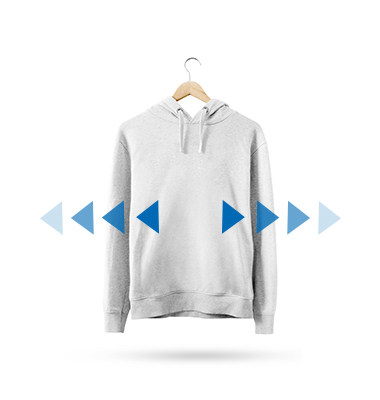 Air humidity lower than material humidity
Air humidity lower than material humidity fabrics release moisture
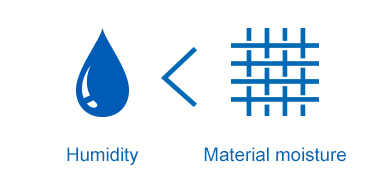
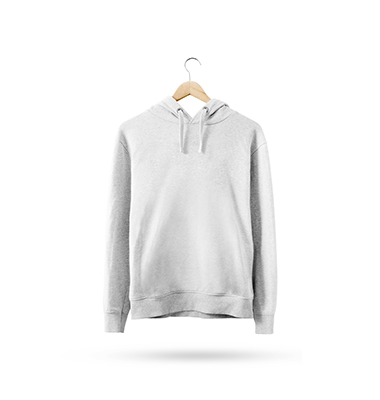 Balance between air humidity and
Balance between air humidity and material humidity
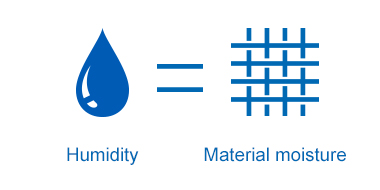
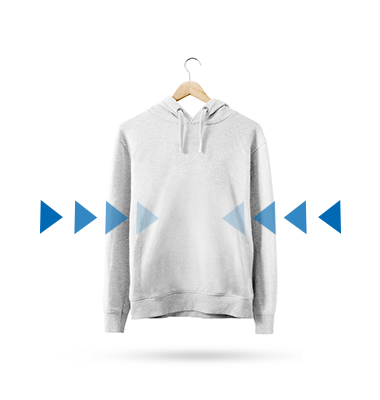 Air humidity higher than material humidity
Air humidity higher than material humidityFabrics absorb moisture
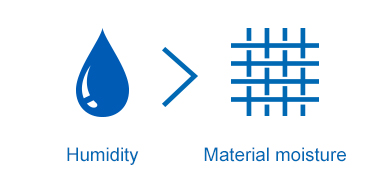
Good air puts customers in a good mood
Ensuring the comfort of customers and employees starts at the entrance: If you leave the cold air outside and humidify the air inside the shop sufficiently, you will create a shopping climate that will improve the health of your staff and increase your customers’ inclination to buy.
Customers who feel comfortable will stay in the shop for a longer time and probably spend more money.
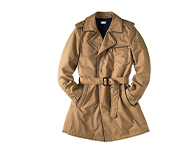
Textile trade and storage

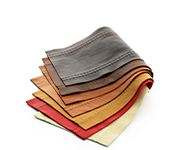
Leather goods warehouse

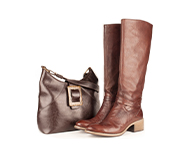
Leather Goods Trade

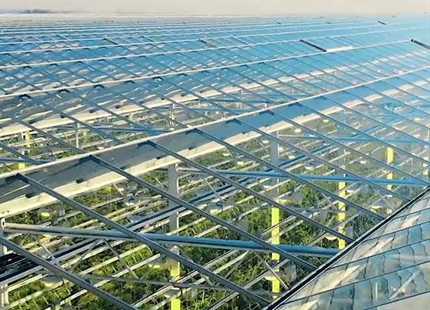
Szklarnie
Aby uzyskać optymalne plony i zminimalizować ryzyko inwazji szkodników, wilgotność w szklarniach musi być regulowana. Każdy gatunek rośliny ma swoją ...
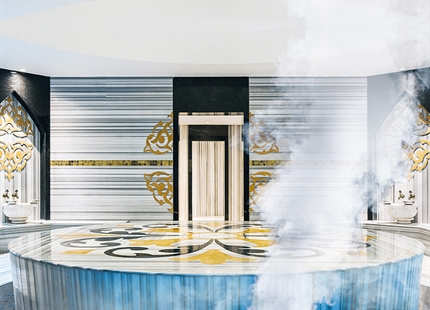
Hammam, Caldarium i Rhassoul
Hamam to łaźnia parowa, w której odbywa się specjalna ceremonia kąpieli,
i jest ważną częścią islamskiej kultury kąpielowej i fizycznej.
Skupia się...
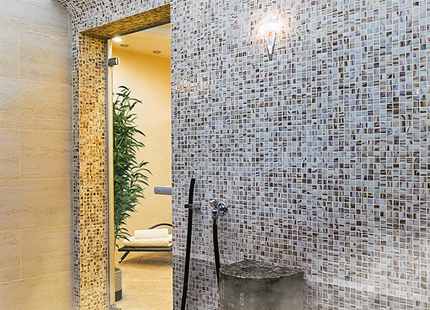
Łaźnia parowa i prysznic parowy
W dzisiejszych czasach wiele hoteli i klubów zdrowia oferuje zaplecze spa dla dobrego samopoczucia swoich gości i członków:
Basen, sauna, a coraz czę...

Steam bath and steam shower
Nowadays, many hotels and health clubs offer spa facilities for the well-being of their guests and members:
A swimming pool, a sauna and more and mor...

Centrum telefoniczne
Dobra wilgotność powietrza w call center zapewnia nie tylko dobre samopoczucie pracowników, lecz również ich wydajność i zdrowie.Choroby układu oddec...
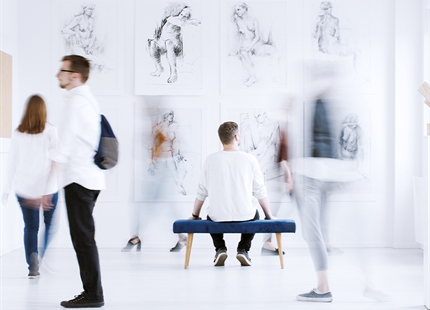
Muzea
Muzea są skarbcem chroniącym dzieła sztuki i inny dorobek ludzkości. Niezliczone,
często unikalne i niezastąpione eksponaty, są warte wiele miliardó...

Lotnictwo
W branży lotniczej niezbędna jest niezawodna funkcjonalność wszystkich komponentów. Niedostateczna wilgotność może prowadzić do uszkodzeń i usterek e...

Magazynowanie
Wszędzie tam, gdzie przechowywane są produkty i towary lub archiwizowane są dokumenty, kompleksowe osuszanie powietrza chroni przed potencjalnym szko...
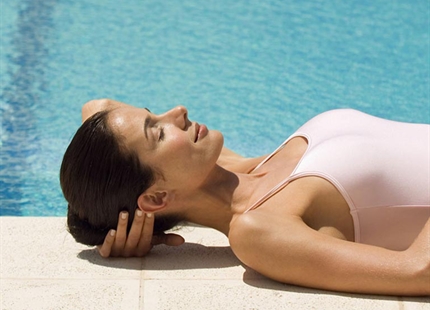
Pływalnie
Wysoki poziom parowania wody na pływalniach, szczególnie w połączeniu z panującymi tam wysokimi temperaturami w pomieszczeniu, prowadzi do ogromnego ...
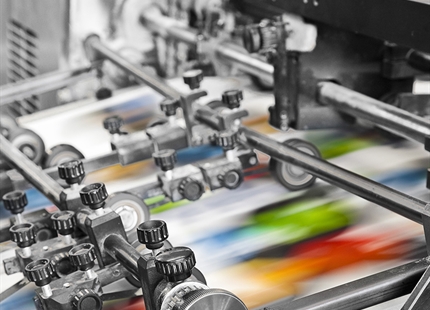
Drukarnie
Nawet jeśli czytanie zaczyna wychodzić z mody, papier pozostaje cennym surowcem. Papier jest potrzebny nie tylko do gazet i książek, lecz także do pl...